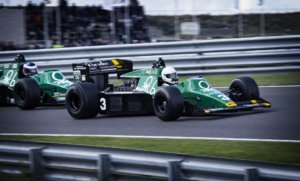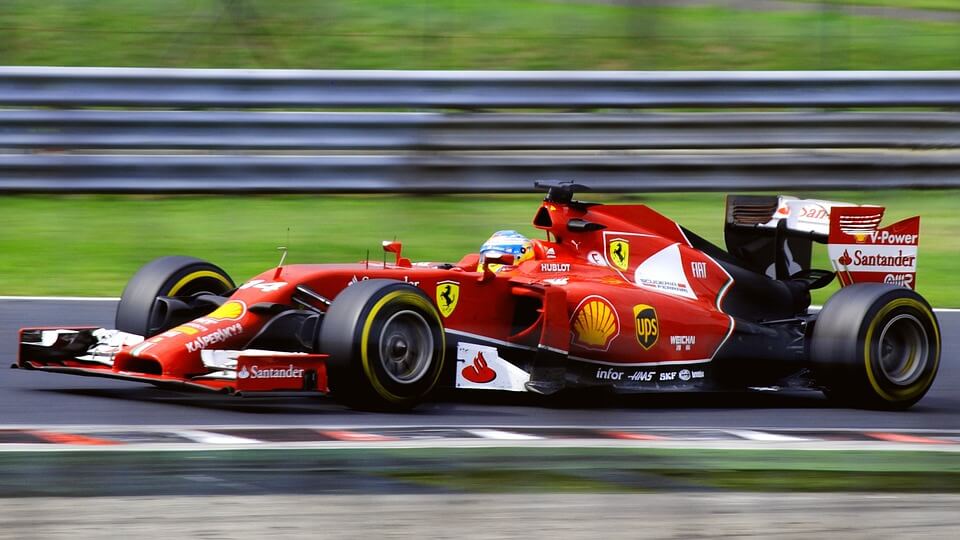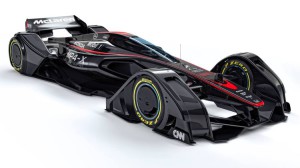2019 brings another exciting year for Formula 1 racing! Even though we are past the halfway mark for the year, we still have a number of races to look forward to. Here are some of the biggest F1 races taking place in 2019.
Formula 1 Singapore Airlines Singapore Grand Prix 2019 – 20-22 September
Singapore’s Marina Bay Circuit is known for its nighttime races, having hosted the first one in F1 history back in 2008. The physically demanding 5.063km course provides no shortage of challenges for the driver, from bumpy surfaces to high humidity. What’s more, the circuit features 23 corners during the high-speed lap. This race gives visitors a chance to experience Singapore at its best.
Formula 1 VTB Russian Grand Prix 2019 27-29 September
The Sochi Autodrom was the site of the Formula 1’s first-ever Russian Grand Prix in 2014. The circuit itself grew from the internal roads of the park built for the Winter Olympics that same year. One of the unique features of the track is right at Turn 3, a 750m constant-radius left turn that takes drivers around the outside of the Poyushchiye fountain. This early autumn race means that it’s still warm enough for visitors to take advantage of some of Russia’s best beach resorts in Sochi. Unfortunately, ski season doesn’t start until at least December.
Formula 1 Japanese Grand Prix 2019 11-13 October
While the Suzuka International Racing Course (better known as just “Suzuka”) was built in 1962, it didn’t see its first Grand Prix until 1987. The track is one of the seminal courses in Formula 1, with driving challenges like snaking S curves and a crossover and remains a favorite among drivers. Kimi Räikkönen holds the current lap record of 1:31.540 from 2005, but we’ll see if anyone can beat that this year.
Formula 1 United States Grand Prix 01-03 November
The Circuit of the Americas’ first Grand Prix was in 2012, which drew a crowd of over 100,000 spectators. The crowd witnessed Lewis Hamilton’s last win in a McLaren before he made the switch to Mercedes the following year. The circuit draws inspiration from a few of the other famous tracks in F1 history, like Suzuka and Hockenheim. The uphill run into Turn 1 provides the opportunity for some overtaking action.



